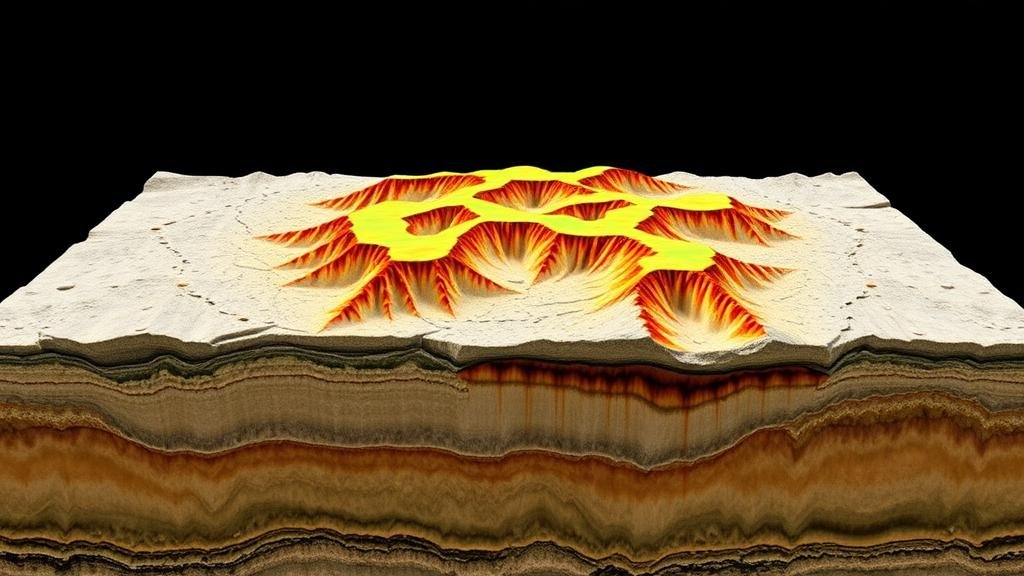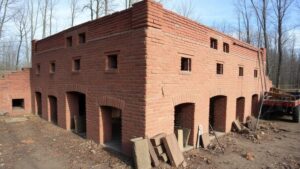Using AI to Simulate Historical Erosion Patterns for Relic Exposure Predictions
Using AI to Simulate Historical Erosion Patterns for Relic Exposure Predictions
The study of historical erosion patterns has critical implications for archaeology, particularly in predicting the exposure of relics and artifacts buried beneath soil layers. Recent advancements in Artificial Intelligence (AI) technologies have provided new methodologies for analyzing geological data, significantly improving predictive accuracy. This article explores how AI can be utilized to model erosion patterns, offering insights into the preservation and potential recovery of archaeological relics.
Background and Significance
Erosion is a natural process that wears away geological features over time, influenced by various factors such as weathering, rainfall, and human activity. significant erosion events throughout history, especially in archeologically rich regions, pose challenges for relic preservation. For example, the ancient city of Pompeii, buried under volcanic ash in 79 AD, represents a site where erosion has led to the gradual exposure of artifacts.
Understanding the historical erosion processes not only aids archaeologists in predicting where relics may be found but also informs conservation strategies. According to a study by the National Park Service in 2021, it was estimated that over 50% of archaeological sites in the United States are threatened by erosion-related impacts.
AI Technologies in Erosion Simulation
Data Acquisition and Processing
The initial step in simulating erosion patterns involves collecting extensive geological and environmental data. This data can originate from:
- Geospatial imagery from satellites
- Drone surveys providing high-resolution topographical maps
- Soil composition analyses from ground sampling techniques
AI algorithms, particularly those based on machine learning, can process vast datasets to identify patterns and forecast developments. For example, researchers at Stanford University developed a neural network model that predicts soil erosion with up to 85% accuracy when trained with historical data from areas like the American Midwest, known for its rich archaeological remains.
Modeling Erosion with Machine Learning
Machine learning techniques, such as decision trees and support vector machines, can be particularly effective in simulating erosion scenarios. These models learn from existing historical erosion patterns to forecast future changes under various environmental conditions. For example, a model was employed in the study of ancient Egyptian sites to predict how different rainfall scenarios could influence sediment transport and relic exposure.
Plus, deep learning methods, which utilize complex neural networks, have been applied to simulate erosion effects over extended timelines. This approach allows for consideration of multiple variables, including climate change scenarios that can accelerate erosion rates.
Case Studies
Case Study 1: The Acropolis of Athens
The Acropolis, a significant archaeological site, has suffered from erosion caused by both natural forces and urbanization. Recent studies utilizing AI algorithms have projected that the sites structural integrity could decline by more than 30% over the next 50 years if current erosion rates continue. By applying AI-driven erosion simulations, conservationists can now predict the most vulnerable areas and allocate resources accordingly for preservation efforts.
Case Study 2: The Mayan Ruins of Tikal
In the rainforests of Guatemala, the Mayan ruins of Tikal face severe erosion due to heavy rainfall and deforestation. Researchers applied AI models to extrapolate future erosion patterns based on historical rainfall data. The simulations indicated potential relic exposure hotspots that would otherwise remain obscured and inaccessible. By identifying these areas, archaeologists can prioritize excavation efforts and enhance protective measures.
Challenges and Considerations
Despite the advantages of using AI for predicting erosion patterns, researchers face several challenges:
- Data Quality: The accuracy of AI simulations heavily relies on the quality and resolution of the input data.
- Model Complexity: Complex models can lead to overfitting, where the model performs well on training data but poorly on new data.
- Interpretation of Results: There is a need for archaeologists and data scientists to collaborate closely to ensure results are contextually relevant and actionable.
Conclusion
The integration of AI in simulating historical erosion patterns presents a revolutionary approach to archaeology, enhancing our ability to predict relic exposure effectively. By leveraging advanced machine learning techniques, researchers can develop robust models that account for numerous environmental variables. As this field evolves, interdisciplinary collaboration will be crucial to hone these technologies for practical application in archaeological conservation.
Ultimately, the goal is not only to predict relic exposure but also to deepen our understanding of historical sites and their preservation for future generations. Continued research in this domain holds the potential to transform archaeological methodologies, making them more precise, predictive, and proactive.



